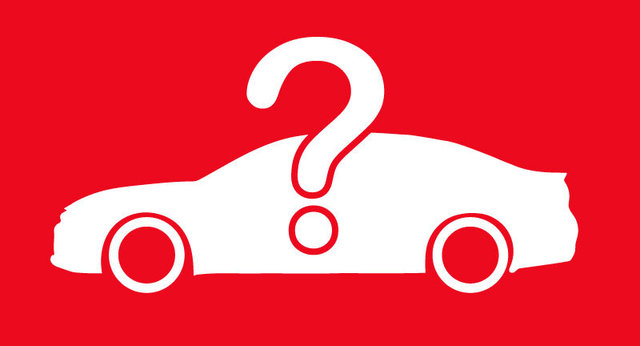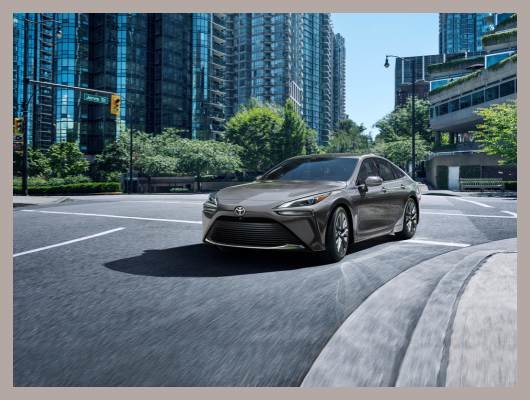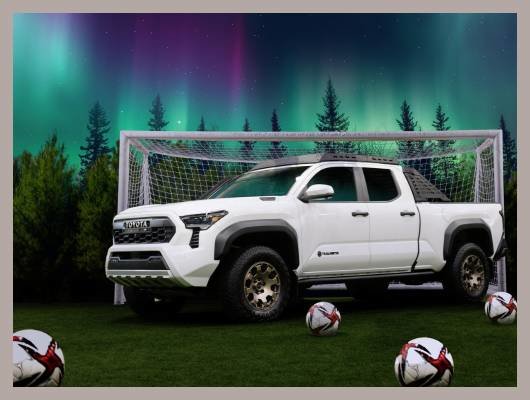As simple as they may seem in what they do, cars are complex machines. A lot goes into one’s design, engineering, and of course, drive. That’s why it comes as no surprise that misunderstandings would pop up every once in a while and stick.
In this article, we’d like to correct some common misconceptions about cars and the way they work to help buyers, owners, and passengers.
1. Idling is NOT Better for Fuel Efficiency.
While idling is one way to warm up your car and can keep the interior nice and toasty, it does a lot more harm than good to your car’s performance. Idling for a long time will only increase your fuel consumption and could even harm your carburetor. Turn the engine off instead. Doing so will help you save fuel and help your environment.
2. A Punctured Tire Will NOT Always Require Replacement.
While flat tires are definitely a hassle, not all of them will require you to get a replacement for your existing tire. If the tire is patchable, a mechanic can usually patch it up for you at a fraction of the cost. It will depend on the size of the puncture and where it is. If your tire is punctured in a small area, repairs can be done to help it function properly again. Some punctures can be fixed with a nail patch or plug.
3. Automatic Transmission is NOT Less Fuel Efficient.
A popular misconception among drivers is the belief that automatic vehicles use up more fuel than their manual counterparts. With advancements in vehicle engineering and technology, today’s automatic transmission vehicles have fuel economy that matches manual transmission vehicles. It’s thanks to the presence of more forward gears that help generate more power at lower speeds. With this, automatic vehicles get to save fuel just like a manual vehicle would.
4. Bigger Cars Are NOT Always Safer.
While a bigger car may mean you have more space inside and will be able to carry more people, it doesn’t always mean you’ll be safer. Bigger cars have longer stopping distances and take more time to maneuver. Not to mention, heavier cars tend to handle poor weather conditions worse than smaller cars. Ultimately, a vehicle’s overall safety will depend on the materials used to build it and the safety features it comes with.
5. Cruise Control Does NOT Have Automatic Braking.
Many drivers assume that cruise control is a form of automatic braking system. After all, it does seem like the concept behind an automatic braking system. However, cruise control is simply a system that allows the driver to set a speed and not have to worry about pressing down on an accelerator, allowing them to “cruise” comfortably. Cruise control will still require your full attention.
Conclusion
Learning about these common misconceptions may help you keep your car in better shape and show you your options. However, at the end of the day, it’s still best to check with your mechanic and do your research about your specific vehicle before you make any assumptions. Knowledge is power, and with a little bit of it, you can make sure your car will take you as far as you need to go.
Take this knowledge with you when you start looking for used cars in Scarborough to have a better time when choosing your vehicle! Check out our inventory, and find the perfect one for you!





